Melting a bacteriophage’s coat of proteins turns it into a tiny power plant, which could fire up the discovery of new bioengineered devices.
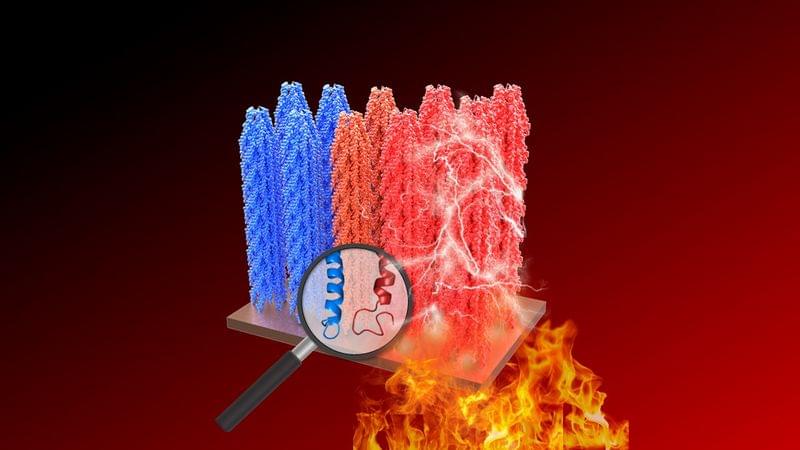

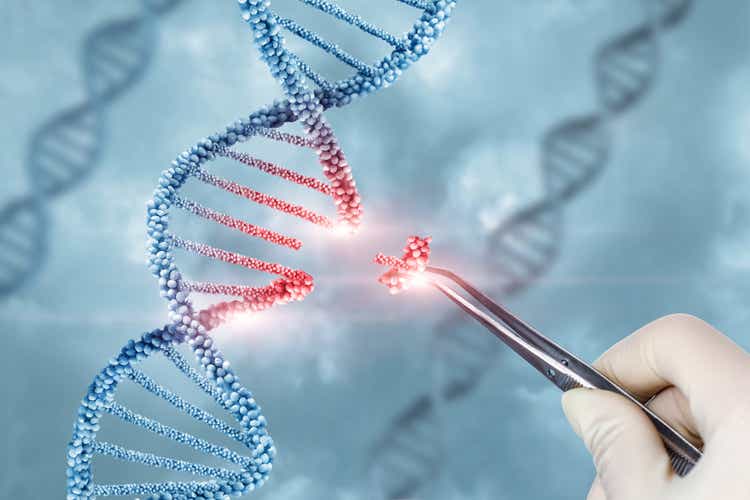
There were mixed reactions across gene editing space on Thursday after CRISPR Therapeutics (NASDAQ: CRSP) and Vertex Pharmaceuticals (NASDAQ: VRTX), in a world’s first, won U.K. approval for their CRISPR-based drug exa-cel for sickle cell disease and beta-thalassemia.
CRISPR Therapeutics (CRSP) has added ~5%, and MaxCyte (NASDAQ: MXCT), which has a licensing deal with the Swiss biotech, has gained ~4%. Vertex Pharma (VRTX) is trading lower for the third straight session.
Other CRSPR-based drug developers Graphite Bio (GRPH) and Precision BioSciences (DTIL) are also among the gainers, while notable gene editing biotechs Editas Medicine (EDIT), Beam Therapeutics (BEAM), Intellia Therapeutics (NTLA), and Verve Therapeutics (VRTX) are in the red.
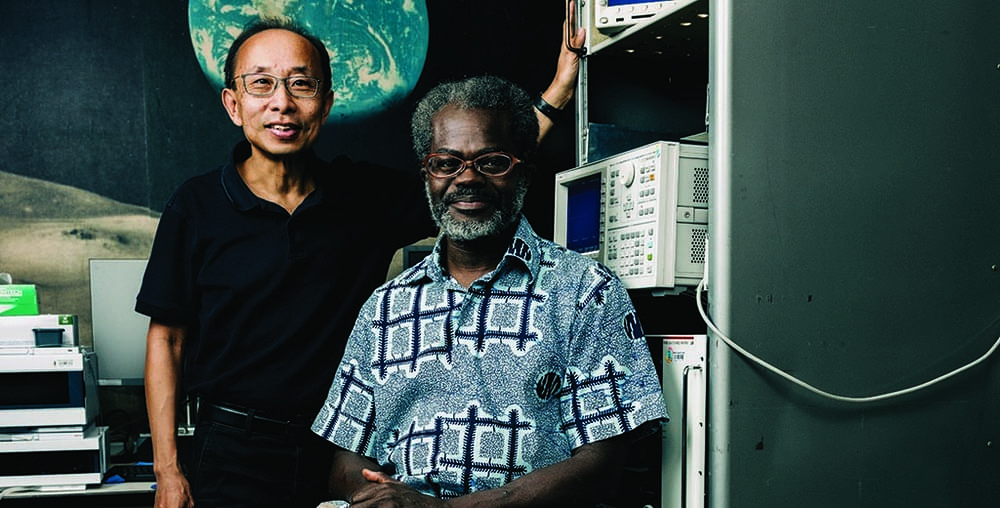
‘Neural networks today are about as similar to a brain as an airplane is to a bird.’ — Kwabena Boahen, PhD, professor of bioengineering and of electrical engineering One problem, as Boahen sees it, is that AI relies on a “synaptocentric” mode of computing, in that half of the nodes — lines of binary…
Do nerve cells hold the key to an epic advance in computing?
By John Sanford
Photography by Misha Gravenor.
Kwabena Boahen, PhD, a professor of bioengineering and of electrical engineering, right, and H.-S. Philip Wong, PhD, professor of electrical engineering and the Willard R. and Inez Kerr Bell Professor in the School of Engineering.
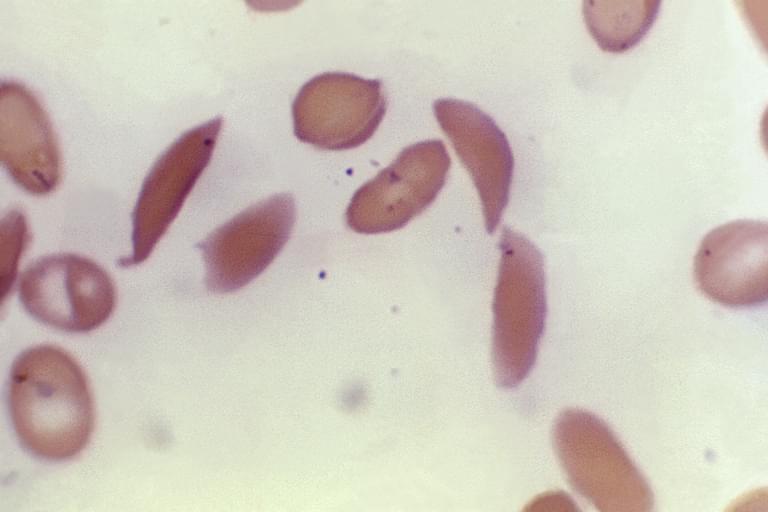
LONDON (AP) — Britain’s medicines regulator has authorized the world’s first gene therapy treatment for sickle cell disease, in a move that could offer relief to thousands of people with the crippling disease in the U.K. In a statement Thursday, the Medicines and Healthcare Regulatory Agency said it approved Casgevy, the first medicine licensed using the gene editing tool CRISPR, which won its makers a Nobel prize in 2020. The agency approved…
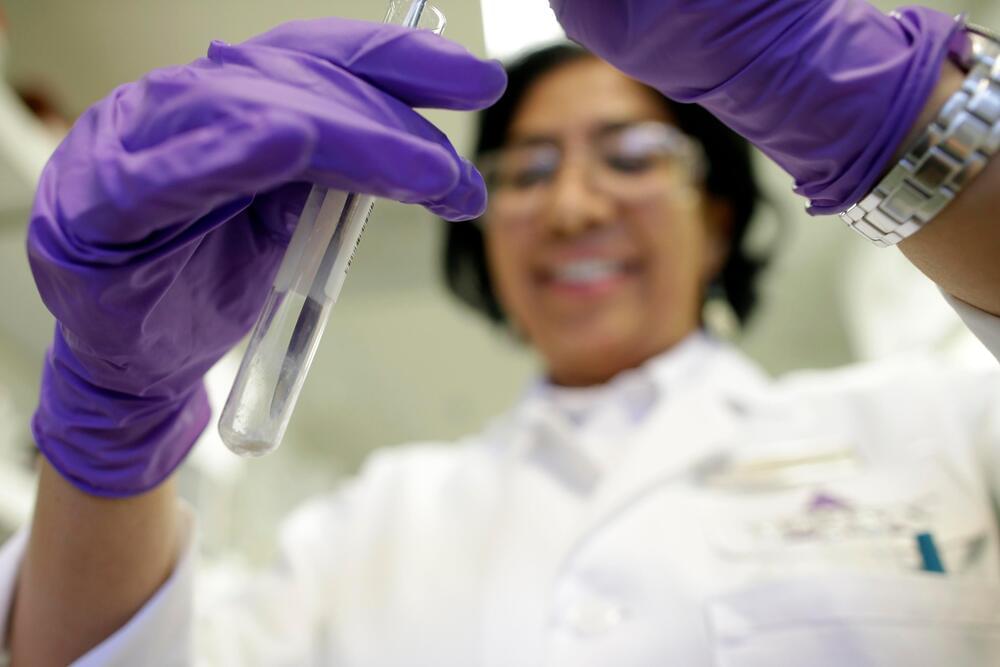
The one-time treatment helped relieve symptoms of disease and could free patients from the need for bone marrow transplants or regular blood transfusions, Beach said, adding that the drug hopefully offers a permanent fix for the condition.
The MHRA said it identified no significant safety concerns during the trials and will continue to closely monitor Casgevy’s safety after approval.
Vertex CEO and President Reshma Kewalramanit celebrated Casgevy’s approval as “a historic day in science and medicine” and Samarth Kulkarni, CEO and Chairman of Crispr Therapeutics, said it will hopefully mark “the first of many applications of this Nobel Prize winning technology to benefit eligible patients with serious diseases.” The two companies are hoping for similarly positive decisions from the MHRA’s counterparts in the Europe Union and the U.S., which are in the process of evaluating Casgevy, also known as exa-cel. The Food and Drug Administration is expected to make a decision in early December and has a deadline of December 8. The agency appears poised to follow the MHRA and approve the treatment, with its advisors confident of the drug’s efficacy and benefit but wary of theoretical unintended consequences of genetic modifications.

Summary: Researchers made a breakthrough in memory research by genetically modifying the LIMK1 protein, crucial for memory, to be controlled by the drug rapamycin.
This study demonstrates the ability to enhance memory functions by manipulating synaptic plasticity in the brain.
The engineered protein showed significant memory improvement in animal models with age-related cognitive decline, offering potential for innovative treatments for neuropsychiatric diseases like dementia. This ‘chemogenetic’ approach, blending genetics and chemistry, opens new avenues in neurological research and therapy.

At Oak Ridge National Laboratory (ORNL), quantum biology, artificial intelligence, and bioengineering have collided to redefine the landscape of CRISPR Cas9 genome editing tools. This multidisciplinary approach, detailed in the journal Nucleic Acids Research, promises to elevate the precision and efficiency of genetic modifications in organisms, particularly microbes, paving the way for enhanced production of renewable fuels and chemicals.
CRISPR is adept at modifying genetic code to enhance an organism’s performance or correct mutations. CRISPR Cas9 requires a guide RNA (gRNA) to direct the enzyme to its target site to perform these modifications. However, existing computational models for predicting effective guide RNAs in CRISPR tools have shown limited efficiency when applied to microbes. ORNL’s Synthetic Biology group, led by Carrie Eckert, observed these disparities and set out to bridge the gap.
“A lot of the CRISPR tools have been developed for mammalian cells, fruit flies, or other model species. Few have been geared towards microbes where the chromosomal structures and sizes are very different,” explained Eckert.

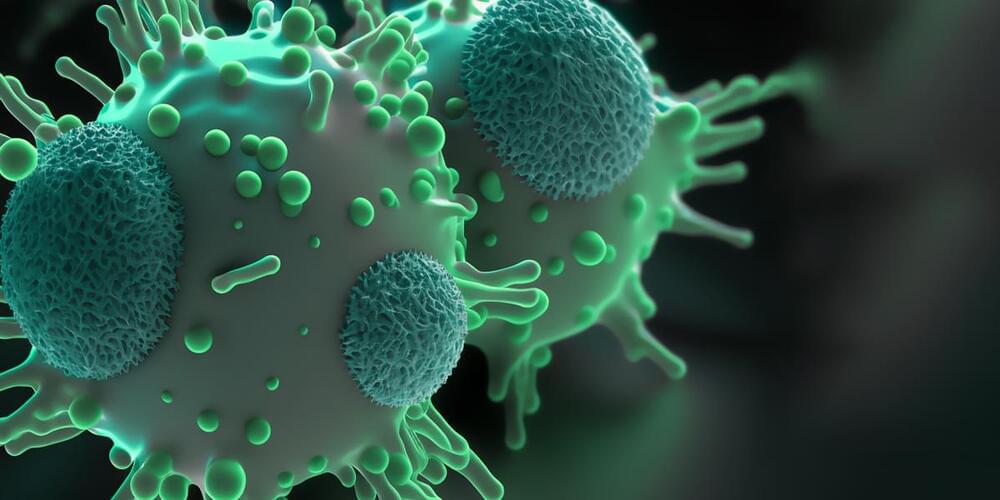
Adoptive cell therapy has emerged as a promising alternative treatment for hematological and solid cancers, with CAR-T therapy standing out as a prominent avenue. In this approach, T cells are genetically engineered with chimeric antigen receptors (CARs) to enhance their targeting capabilities1–2. The outcome of CAR-T cell therapy hinges on a complex interplay of phenotype, activation, and functional profiling of these engineered cells. Immunophenotypic characterization of CAR-T cells assumes a pivotal role in ensuring treatment quality and facilitating continuous monitoring of treatment response1. In the process of immunophenotyping, engineered T cells are separated based on their markers to characterize the composition of the cell population within the sample. The strategic identification and isolation of specific CAR-T cell subsets is essential in augmenting therapy responses2.
Deciphering Cellular Composition, Defining CAR-T Therapy Efficacy
Immunophenotyping is a pivotal technique that combines specific antibodies with fluorescent compounds to reveal specific protein expression in cell populations to identify categorize the tagged cells. Immunophenotyping leverages the differences in surface markers among T cells, reflecting their differentiation, activation, and memory status2. These markers provide insights into immune cell development, function, proliferation potential, and long-term viability. The distinct surface marker profiles closely correlate with the efficacy of CAR-T cell therapy3. Essential markers for immunophenotypic analysis, including CD3, CD4, CD8, CD45RA, CD34R0, CCR7, CD27, and CD95, are presented in Table 1.
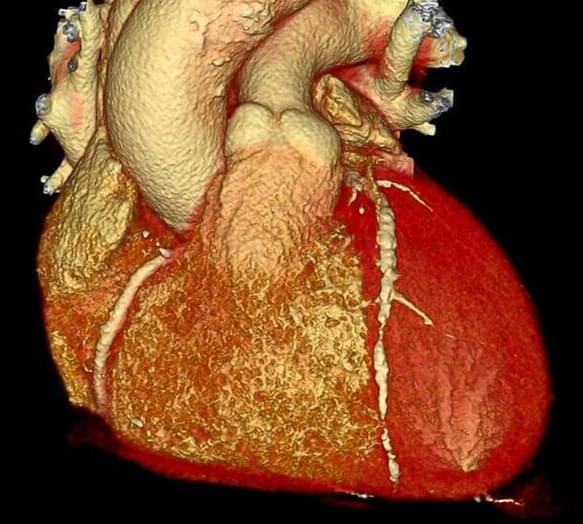
So they volunteered for an experimental cholesterol-lowering treatment using gene editing that was unlike anything tried in patients before.
The result, reported Sunday by the company Verve Therapeutics of Boston at a meeting of the American Heart Association, showed that the treatment appeared to reduce cholesterol levels markedly in patients and that it appeared to be safe.
The trial involved only 10 patients, with an average age of 54. Each had a genetic abnormality, familial hypercholesterolemia, that affects around one million people in the United States. But the findings could also point the way for millions of other patients around the world who are contending with heart disease, which remains a leading cause of death. In the United States alone, more than 800,000 people have heart attacks each year.